Quality control is an essential aspect of production that ensures products meet specified standards and consumer expectations. In the Best paper cup machine production industry, maintaining high quality is crucial due to the increasing demand for disposable products that are both functional and environmentally friendly. Implementing a comprehensive quality control system not only enhances product reliability but also boosts customer satisfaction and company reputation. This article explores the various components of a quality control system in paper cup production, including raw material inspection, process monitoring, finished product testing, and continuous improvement strategies.
Understanding Quality Control in Best paper cup machine Production
The quality control process in Best paper cup machine production begins with understanding the requirements of the final product. Paper cups must be durable, leak-proof, and capable of holding various liquids without compromising their integrity. To achieve this, manufacturers must adhere to specific standards throughout the production process. Quality control involves systematic monitoring, inspection, and testing from the selection of raw materials to the delivery of the finished product. A robust quality control system helps to identify defects early, reducing waste and ensuring compliance with industry regulations.
Raw Material Inspection
The first step in ensuring quality in Best paper cup machine production is the inspection of raw materials. The primary materials used in manufacturing Best paper cup machines include food-grade paper and polyethylene coatings. Manufacturers must source these materials from reputable suppliers and conduct thorough inspections upon receipt. This includes checking for moisture content, thickness, and print quality of the paper, as well as the integrity of the polyethylene coating. Establishing strict criteria for raw materials ensures that only high-quality inputs enter the production line, setting the foundation for a reliable end product.
Process Monitoring
Once the raw materials are approved, the next phase involves monitoring the production process. This includes managing the machinery and equipment used in shaping, printing, and sealing the cups. Regular maintenance of machines is essential to prevent malfunctions that could lead to defects. Operators should be trained to recognize signs of wear or malfunction and report them promptly. Additionally, implementing in-process checks at critical stages—such as during the forming and sealing processes—helps to catch any issues before they escalate. This proactive approach minimizes downtime and ensures consistent production quality.
Finished Product Testing
After the cups are produced, they undergo rigorous testing to ensure they meet quality standards. Common tests include leak tests, strength tests, and visual inspections. Leak tests verify that the cups can hold liquids without leaking, while strength tests assess the durability of the cups under various conditions. Visual inspections help identify defects such as improper sealing or printing errors. These tests should be documented meticulously to track quality trends over time. By maintaining a database of test results, manufacturers can identify recurring issues and address them effectively.
Employee Training and Involvement
A critical component of an effective quality control system is employee training and involvement. Workers should be educated about the importance of quality control and trained in the specific standards that apply to their roles. Encouraging employees to take ownership of quality can lead to improved outcomes, as they are more likely to identify problems and suggest solutions. Regular workshops and refresher courses can enhance skills and keep workers informed about new techniques and technologies in quality assurance. Creating a culture of quality within the workforce fosters collaboration and drives continuous improvement.
Feedback Loops and Continuous Improvement
Implementing feedback loops is vital for continuous improvement in the quality control system. Gathering feedback from customers about the performance of Best paper cup machines can provide insights into areas needing enhancement. Additionally, conducting regular internal audits of the quality control processes can reveal gaps and inefficiencies. By analyzing data from inspections, tests, and customer feedback, manufacturers can develop targeted strategies to improve production quality. Establishing a system of continuous improvement ensures that the quality control measures evolve alongside changing market demands and technological advancements.
Regulatory Compliance and Sustainability
Compliance with industry regulations is a significant aspect of the quality control system in paper cup production. Manufacturers must adhere to health and safety standards set by regulatory bodies, ensuring that the materials used are safe for food contact. Furthermore, as sustainability becomes increasingly important, companies are expected to implement environmentally friendly practices. This includes using recyclable materials and reducing waste during production. A commitment to sustainability not only enhances the brand image but also aligns with consumer preferences for eco-friendly products.
Conclusion: The Importance of a Quality Control System
In conclusion, a robust quality control system in Best paper cup machine production is essential for ensuring product excellence and customer satisfaction. By focusing on raw material inspection, process monitoring, finished product testing, employee training, and continuous improvement, manufacturers can create a reliable and efficient production process. Moreover, regulatory compliance and sustainability practices further enhance the overall quality framework. As the demand for high-quality disposable products continues to grow, investing in a comprehensive quality control system will remain a crucial factor in the success and longevity of paper cup manufacturers.




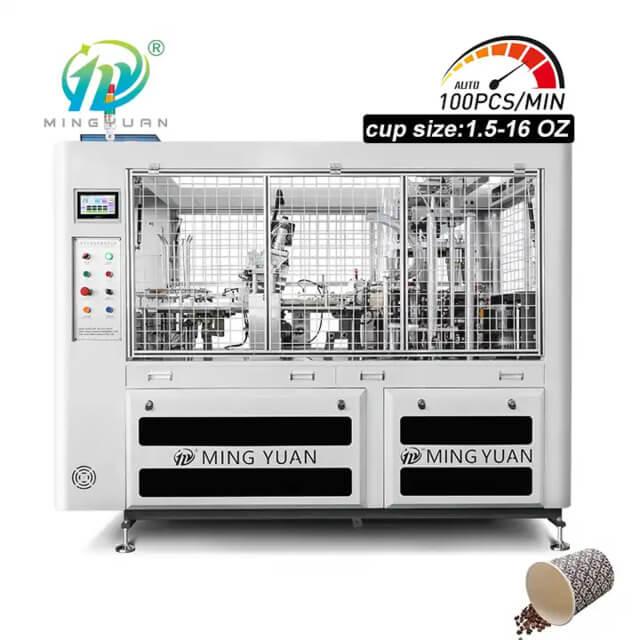
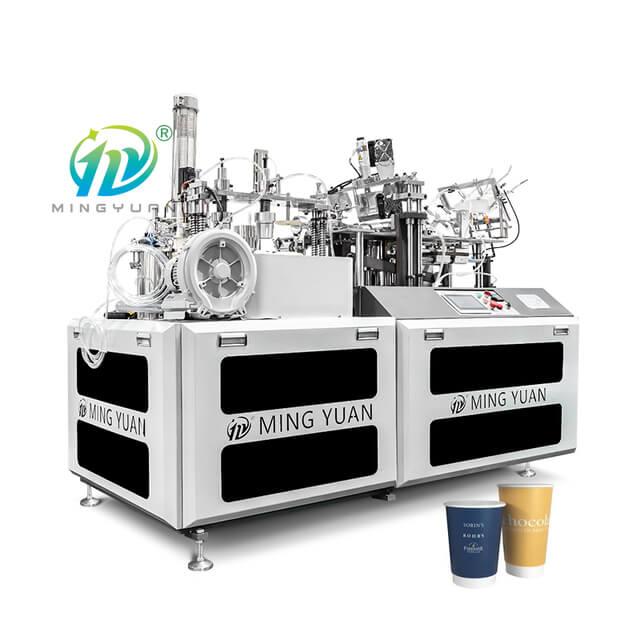

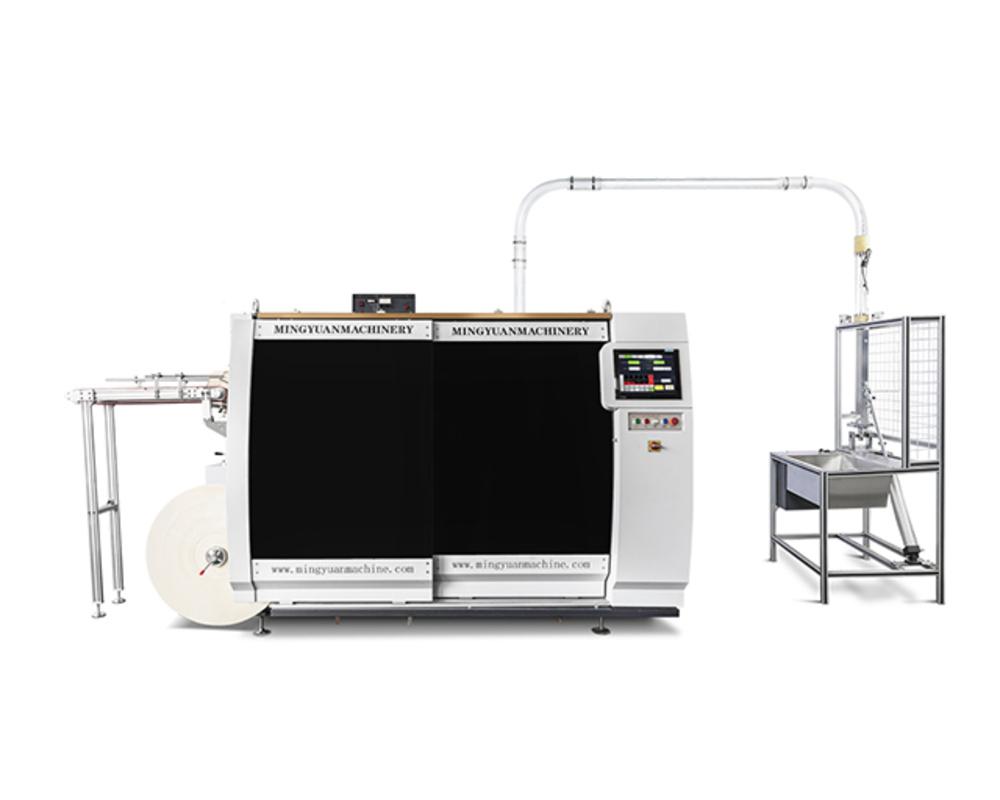



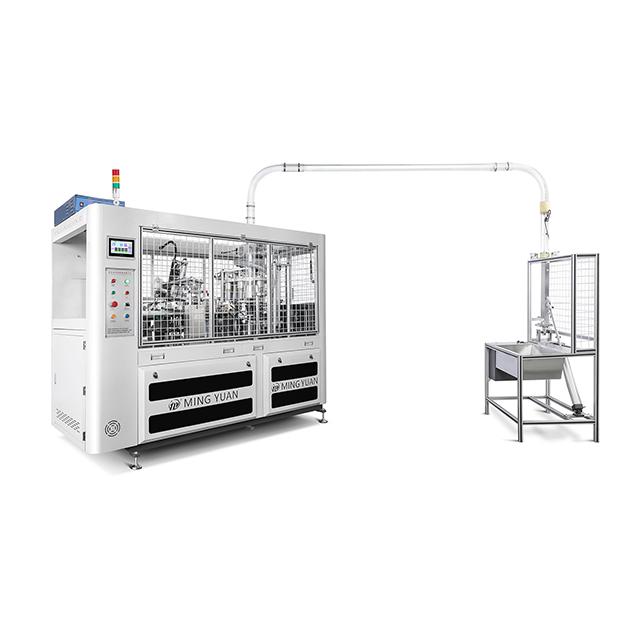
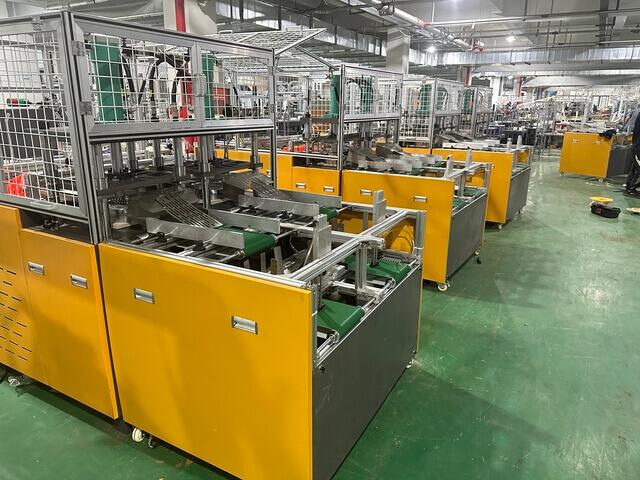

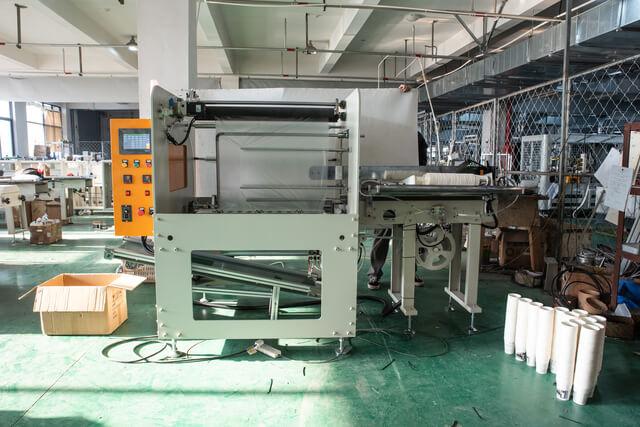

 Tel: +86-19057361870 / +86 577 65567060
Tel: +86-19057361870 / +86 577 65567060  Email: paperproductwholesaler@gmail.com
Email: paperproductwholesaler@gmail.com MP/WhatsApp: +86-19057361870
MP/WhatsApp: +86-19057361870 Manufacturer Address:No.1588, Huaming Road, Feiyun Street,Ruian City Zhejiang Province -325200 China
Manufacturer Address:No.1588, Huaming Road, Feiyun Street,Ruian City Zhejiang Province -325200 China




